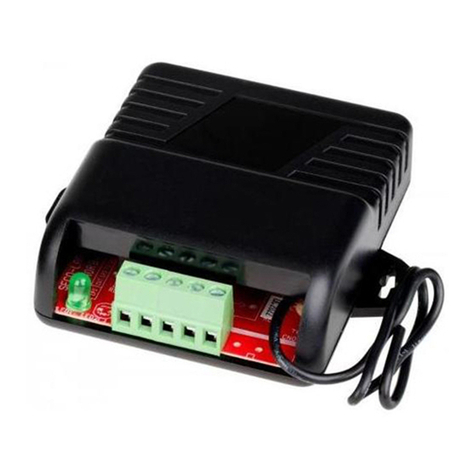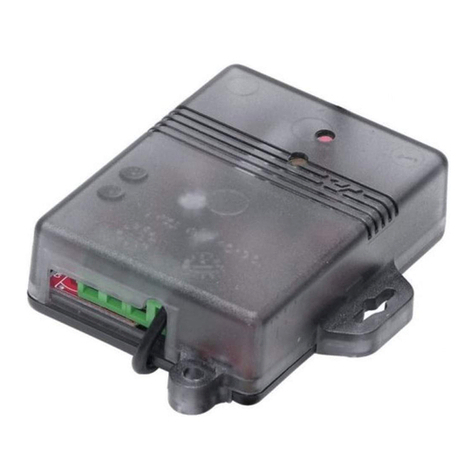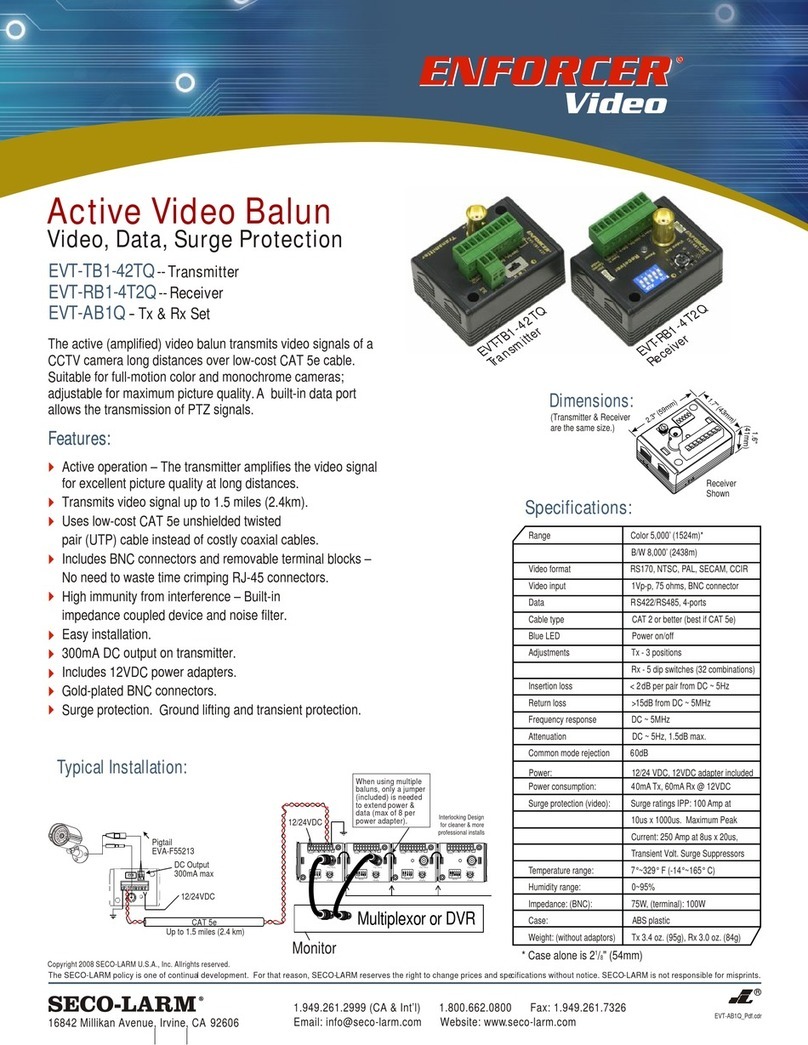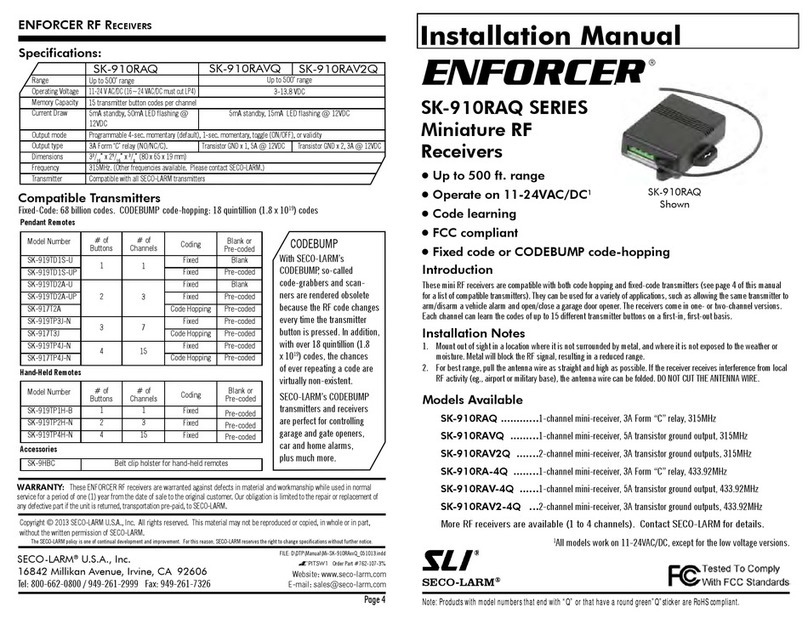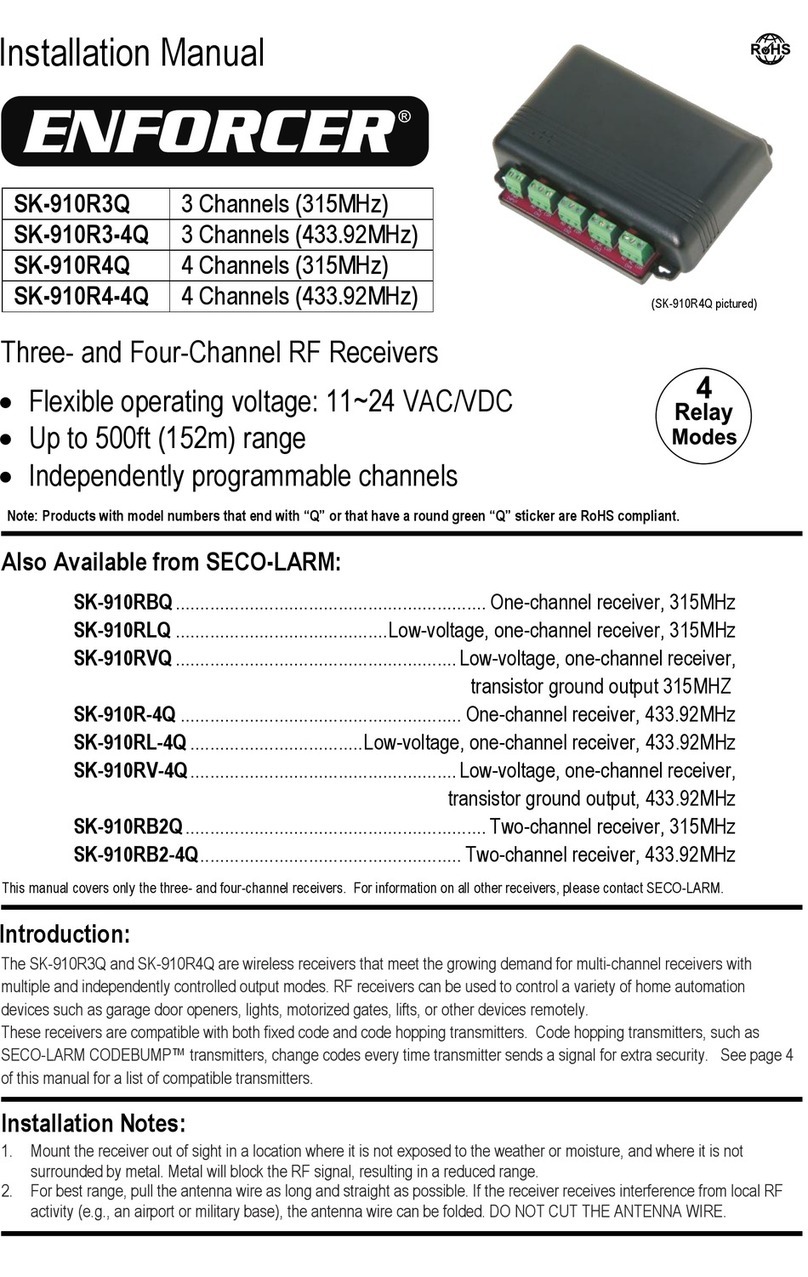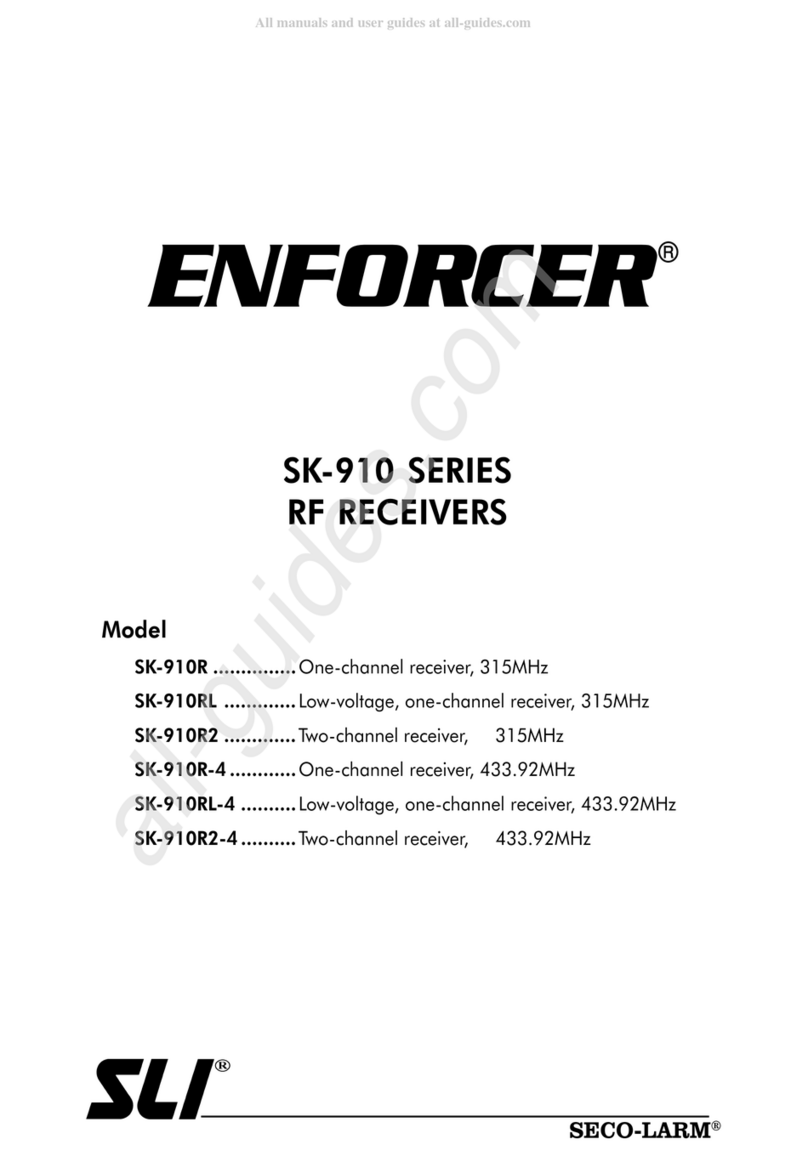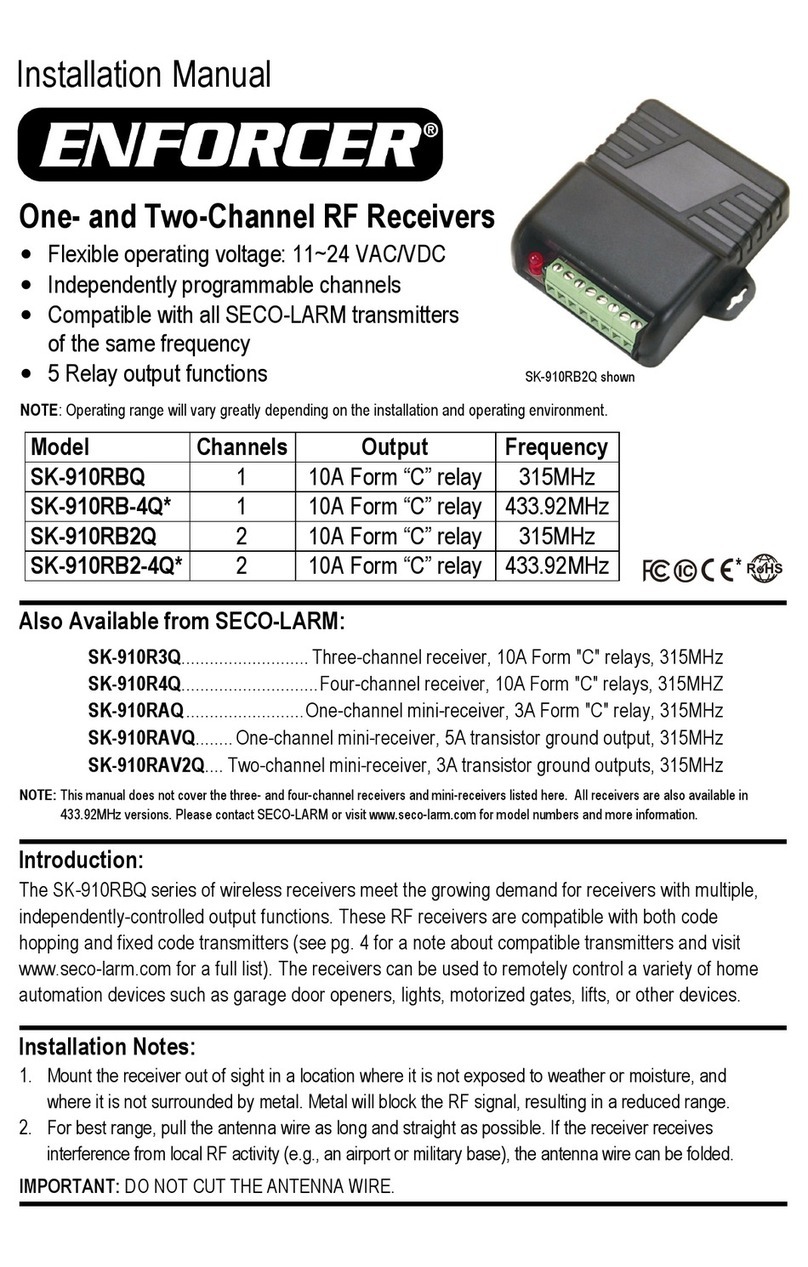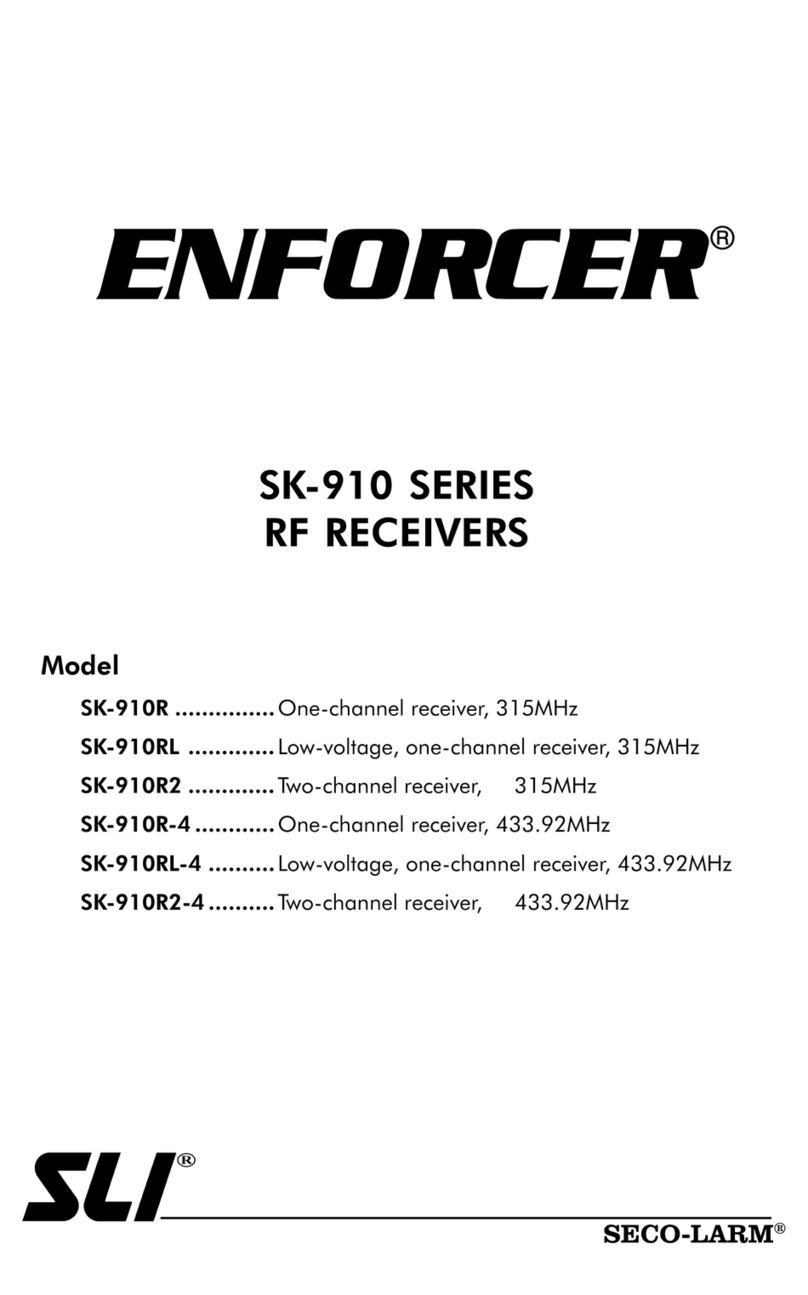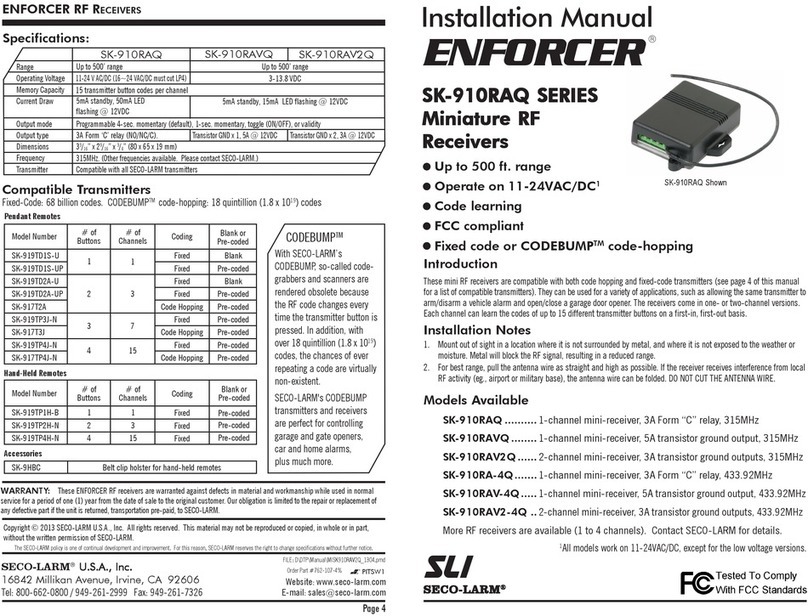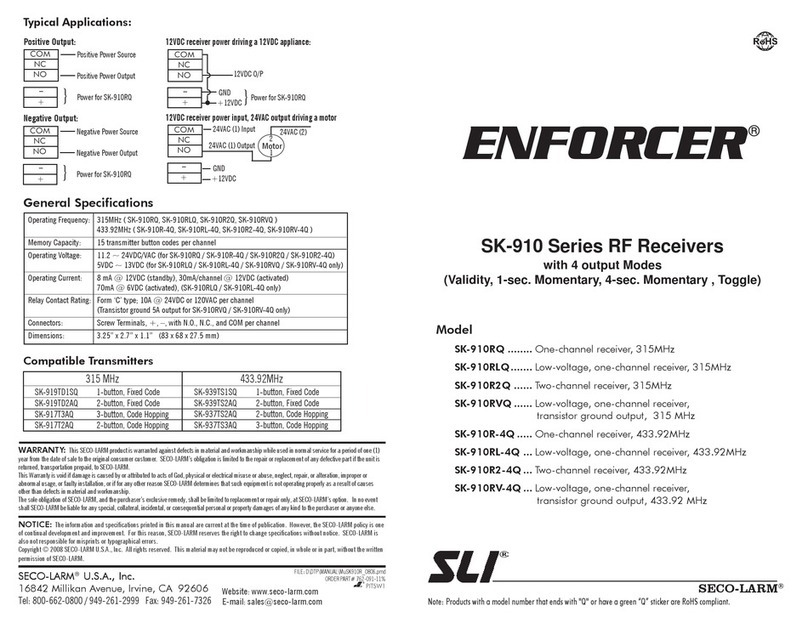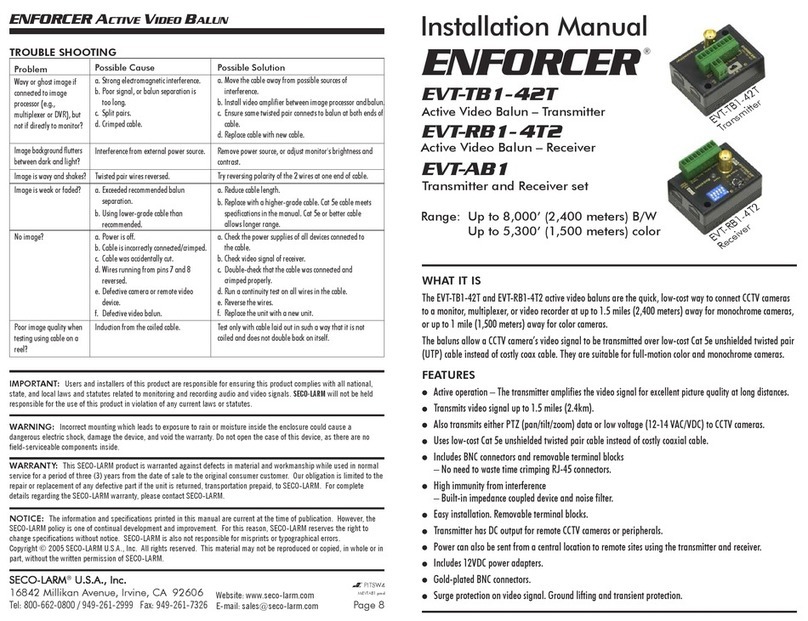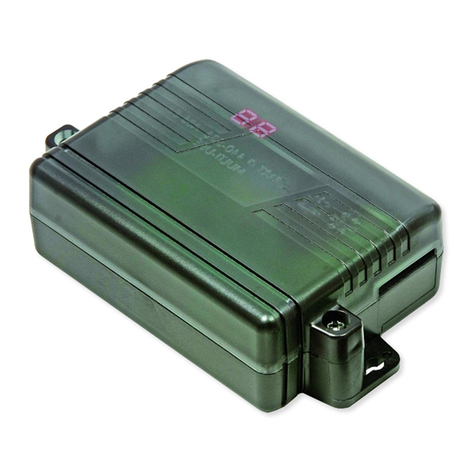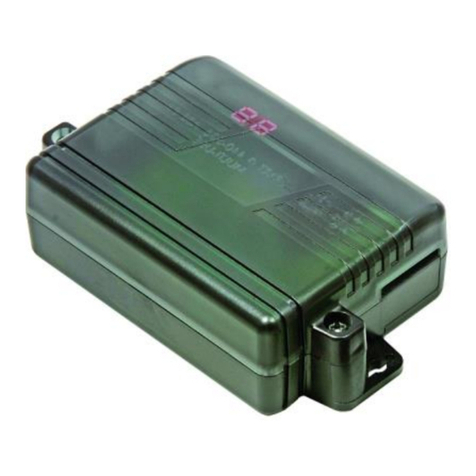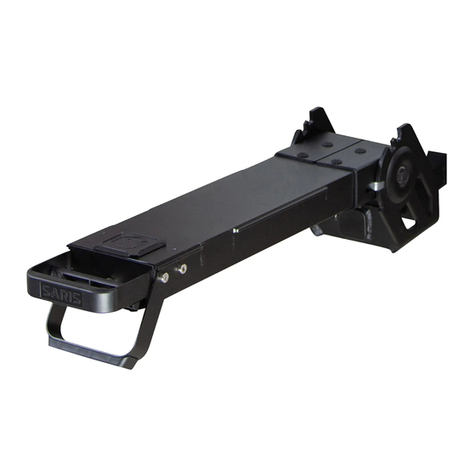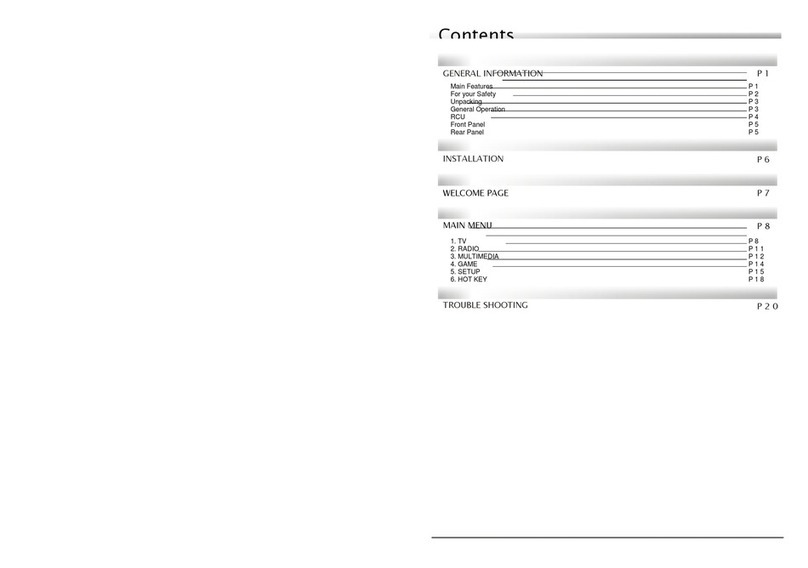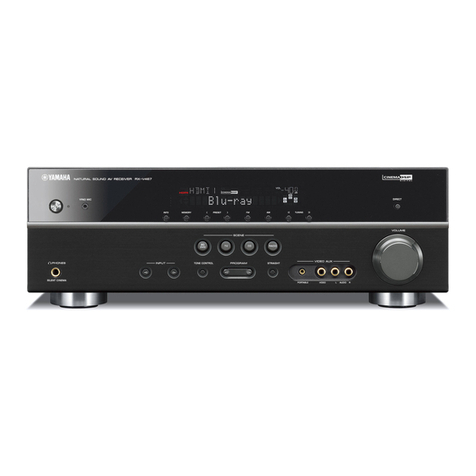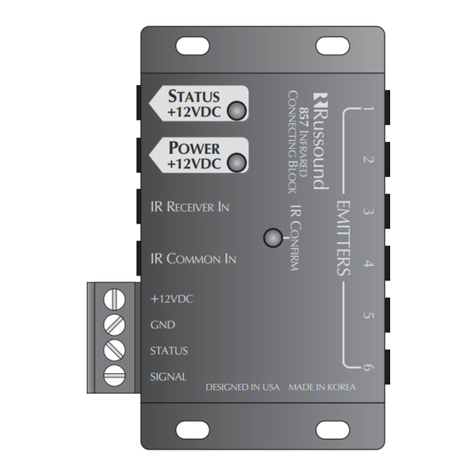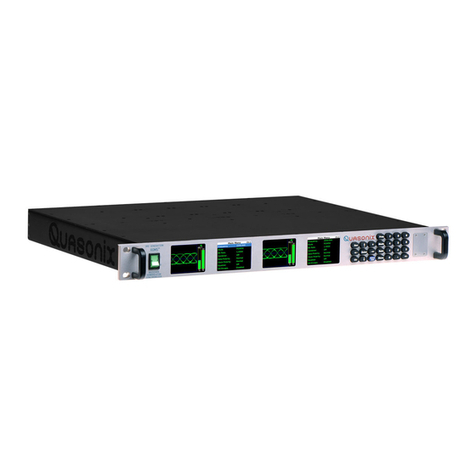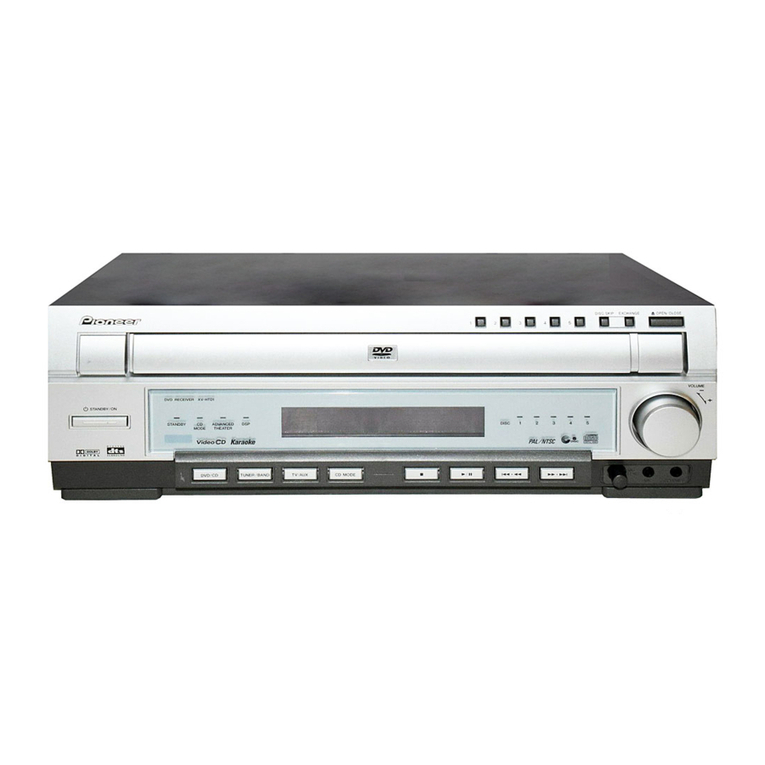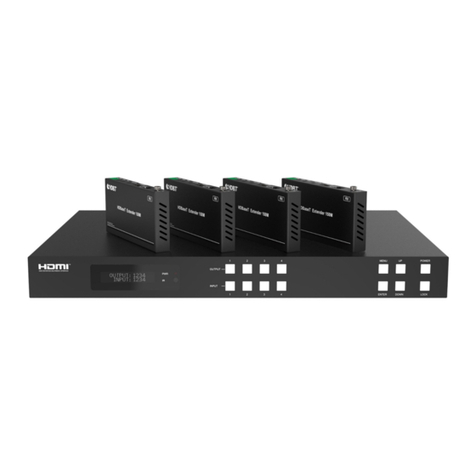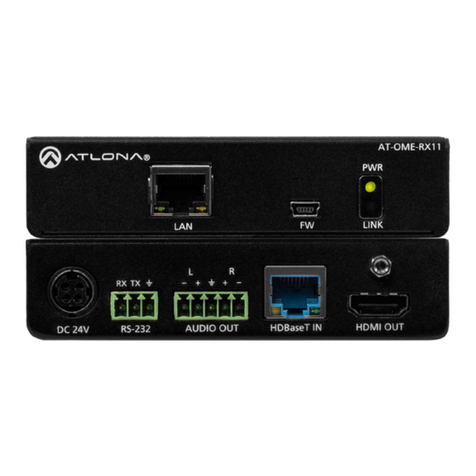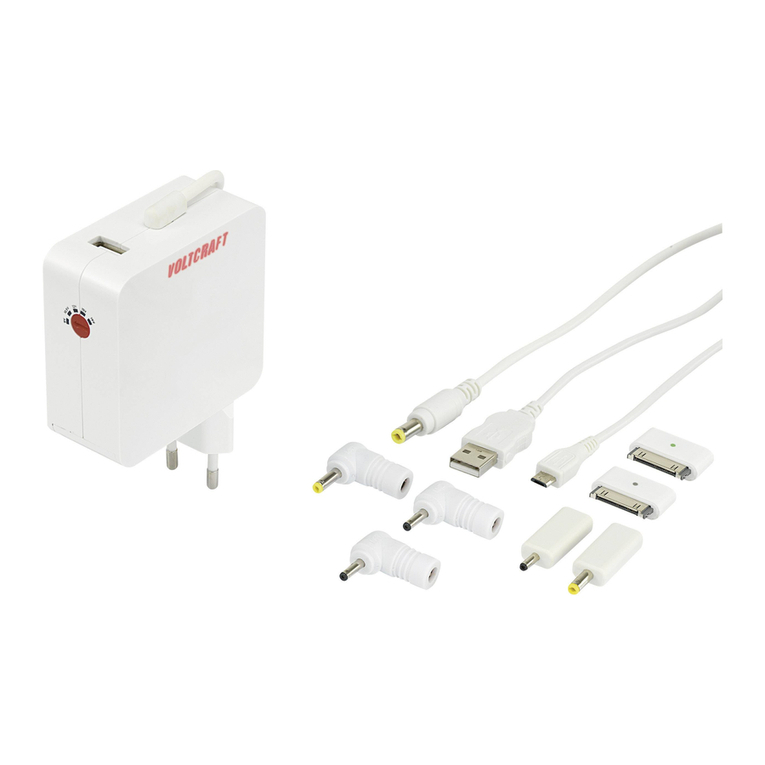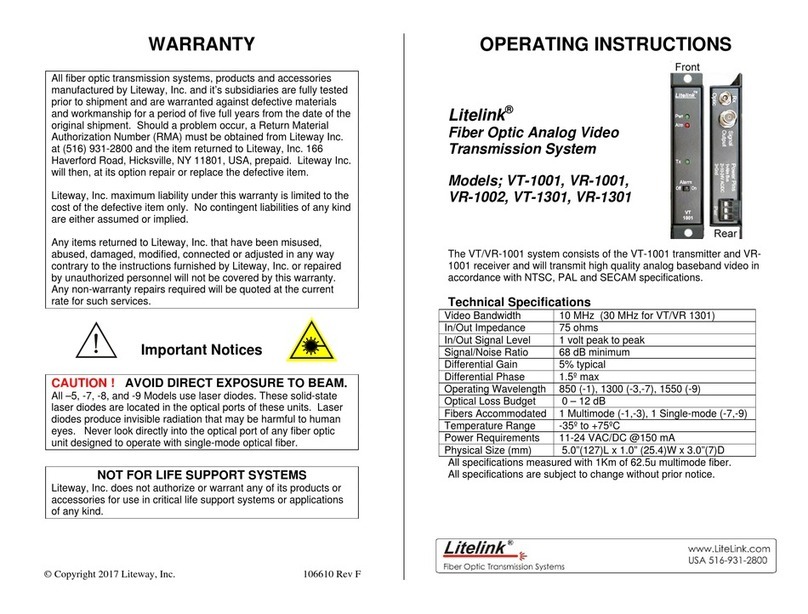Code Learning a New Transmitter Button
Each receiver channel can learn the codes of up to 15 different transmitter buttons on a first-in, first-out basis. Below is
the procedure for code learning a new transmitter button. The same procedure applies to all the receivers four channels.
1. Press the mode switch of the desired channel to be programmed for 3 seconds or more. The channels red LED will
start to flash quickly to indicate that it is in the learning mode.
2. While the red LED is quickly flashing, press the button of the transmitter to be learned once. The red LED will flash
once to indicate a successful learning of that buttons code.
NOTE: a) The mode switches can be found at the rear of the receivers case (see ig. 1). The switch marked #1
represents the mode switch for channel 1, switch #2 is the mode switch for channel 2, and so on.
b) The channels red LED will flash a maximum of 15 seconds. If no transmitter button is pressed during
this time, the receiver will exit the code-learning mode, and the red LED will turn off.
c) If the code being learned has already been learned, the red LED for the channel which learned the code
will turn steady ON, and the code will not be learned a second time.
d) Each channel can learn the codes of a maximum of 15 transmitter buttons. If you attempt to learn a
sixteenth button, the earliest code learned will be deleted.
Channel Memory Clear
To clear all codes in the channels memory, enter the channel learning mode first, then press the channel mode switch for
3 or more seconds again. The LED flashes twice to indicate that all codes associated with that channel are now deleted.
Channel Memory Dis lay
To see how many codes have been learned in a channel, press that channels mode switch once. The number of codes
stored in the channels memory is equal to the number of LED flashes.
Programming Each Channel Relay Out ut Mode
Each receivers channel can be programmed for one of four different modes, and each individual channel may operate at
a different output mode, depending on the users application. Applications are as follows:
Timed Output Press the transmitter button once. The timed output relay will activate from 1 ~60 seconds,
depending on how long the timed output duration is set ( actory default is 1-second timed output.).
Toggle Output Works much like a toggle switch to turn a device ON & O alternately. Press the transmitter button
once, and the relay turns on. Press a compatible transmitter button again, and the relay turns off.
Latch Output Press the transmitter button once, and the relay turns on and stays on. The relay will remain on until
the appropriate channel mode switch is pressed once to reset, regardless of whether a compatible transmitter
button is pressed again or not.
Validity Output The channel will turn the relay ON for as long as the transmitter button is pressed.
Note: Care must be taken when using validity output. Due to possible interference or drops in transmitter battery
power while the transmitter button is continuously pressed (even for short periods of time), the receiver may
lose the transmitters signal and turn the relay off.
To program each channel output mode, press the programming mode switch once (switch #5, see ig. 1). Each
channels red LED will flash a number of times equal to the output mode that it is in. Below are the channel output LED
flash indicators:
Press the mode switch of the desired channel to be programmed a number of times until the required output is achieved.
The programming procedure for all four channels is the same.
To exit programming, press programming mode switch again.
Setting the Timed Out ut Timer
When a relay output is set to timed output, it turns ON for 1 to 60 seconds when a compatible transmitter button is
pressed. To program the output timer, flip the DIP switches in the timer programming switch according to Table 1.
Note: The SK-910R4 has only one timer. If more than one relay is set to timed output, each relay turns ON for the
same amount of time.
1.) One flash Timed Output
2.) Two flashesToggle Output
3.) Three flashesLatch Output
4.) our flashesValidity Output
